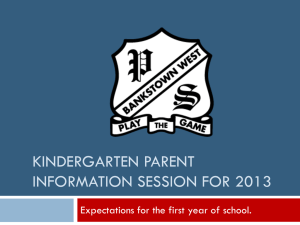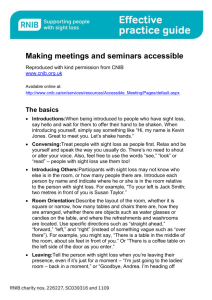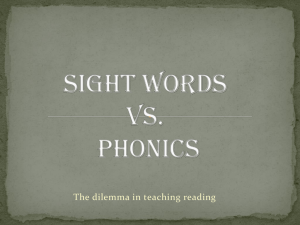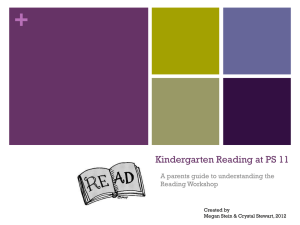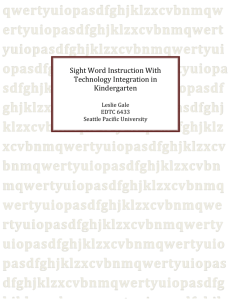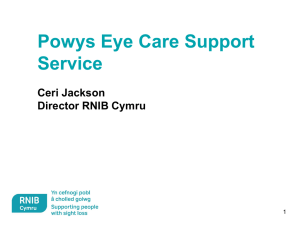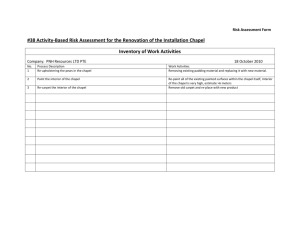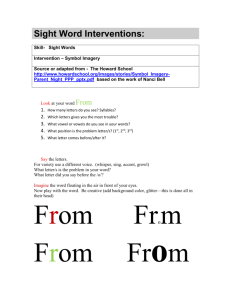sight words
advertisement
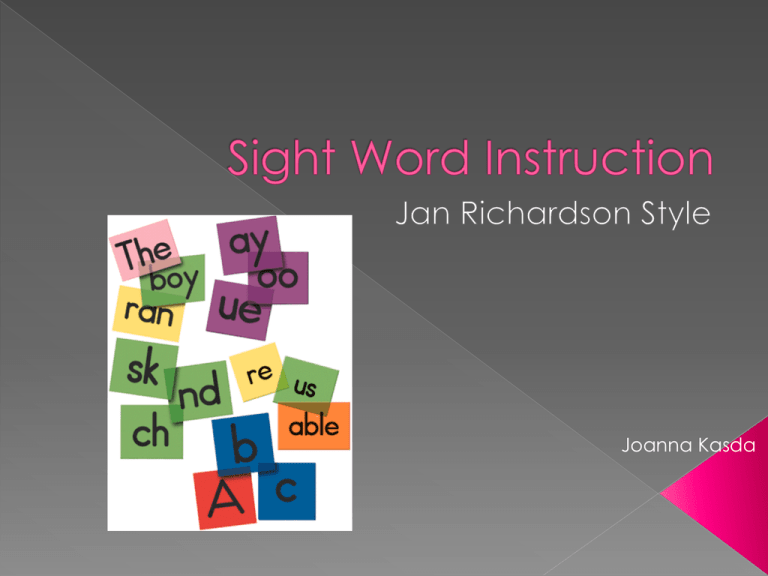
Joanna Kasda Author Jan Richardson Educational Consultant Taught every grade K12 • Reading specialist, Reading Recovery teacher leader, and staff developer • PhD in reading • • “As early readers build automaticity with sight words and decoding strategies, their fluency should improve.” Allington (2009) “There is evidence that children rely on a range of different reading processes in their develop of early sight word reading and that this enable children to become more proficient in learning to read.” Farrington-Flint, Coyne, Stiller, & Heath (2008) Students should be taught at least one sight word EVERY lesson. You need to help students build visual memory, and increase their bank of high-frequency words. The same sight word should be taught for two days, and longer if needed. Don’t introduce a new sight word until the original is mastered. Pick a sight word from the book for your lesson. Spend one to two minutes on: › What’s Missing? › Mix & Fix › Table Writing › Whiteboards Whiteboards for each student 1small cup/container for each student Magnetic letters Dry-erase markers Write the word on the whiteboard, so the students can see you write it. Point to the letters while you have the students chorally spell the word. Turn the board towards you and erase a letter. Turn it back around and have a student tell you what’s missing. Write the letter when as the child tells you the answer. Continue to erase different letters until the entire word is erased. In advance, prepare cups containing the sight word, using magnetic letters. Each child will need his/her own. Give each child a cup and a whiteboard. They are to put the letters in the correct order. Have them check their answers by sliding their finger under it. The student should pull each letter down from left to right to remake it, and check. Then, the student should scramble the word, and fix it. Collect the magnetic letters. Have the students “write” the word with their finger. Encourage them to say the word as they write it, and check it with their finger. Once the child has traced the word correctly with his/her finger, give him/her a dry-erase marker. The student should write the sight word, and say it as he/she does so. Repeat the process with the same sight word. At the beginning of the lesson, review a sight word from a previous lesson (not this same lesson). Spend a third day on the same sight word if necessary. Visit each center to practice! BOOM! Sight word fishing Bingo I Have, Who Has? Peer check Funny Faces Any other ideas? What procedure has students mix the letters to remake the word? What procedure has students use their finger to write the word on the table? What procedure has students identify the missing letter in the word? What procedure has students write the word and say it aloud?

